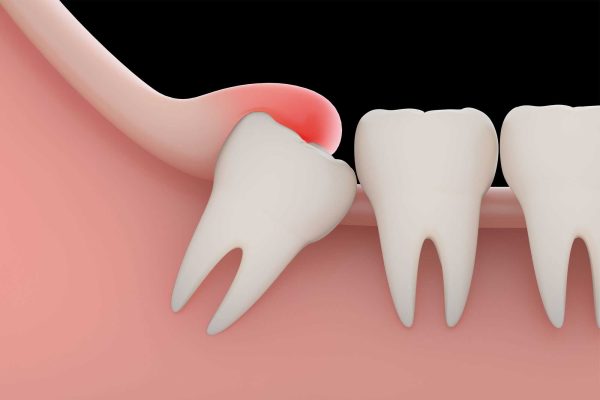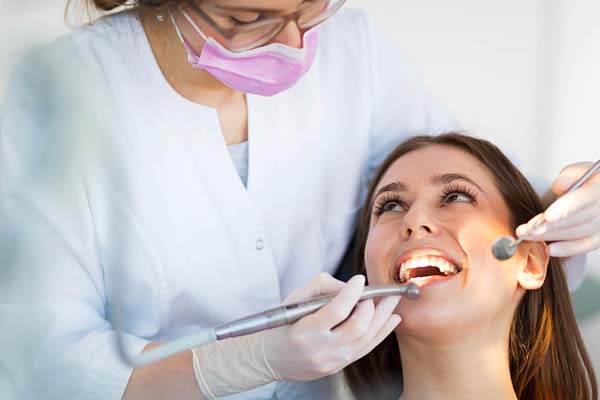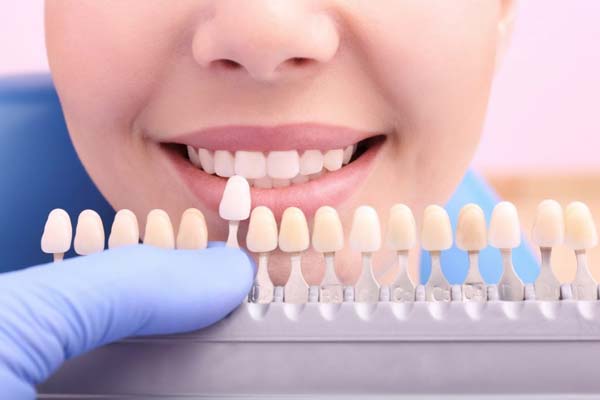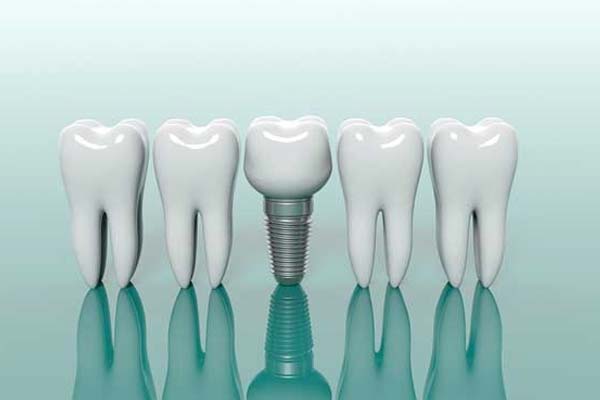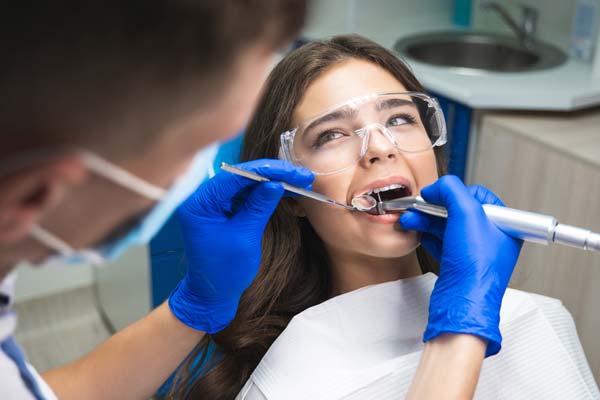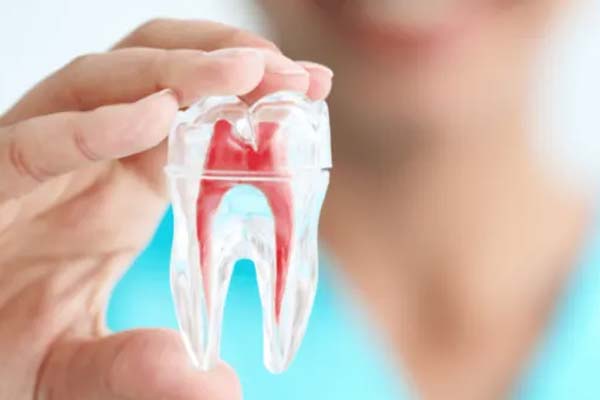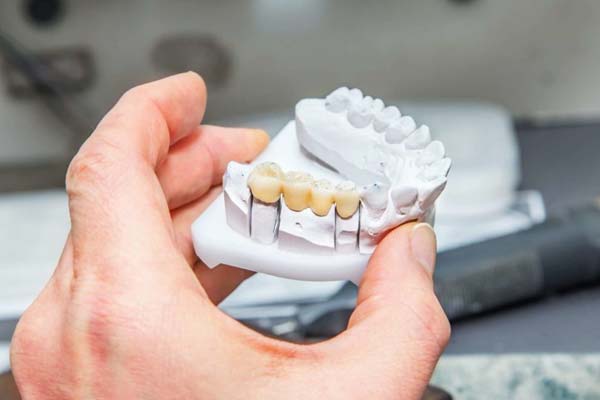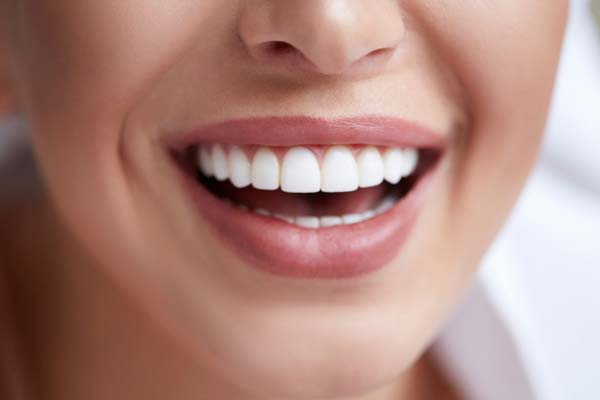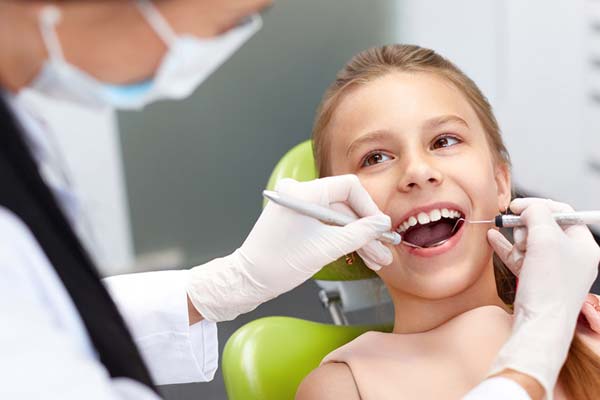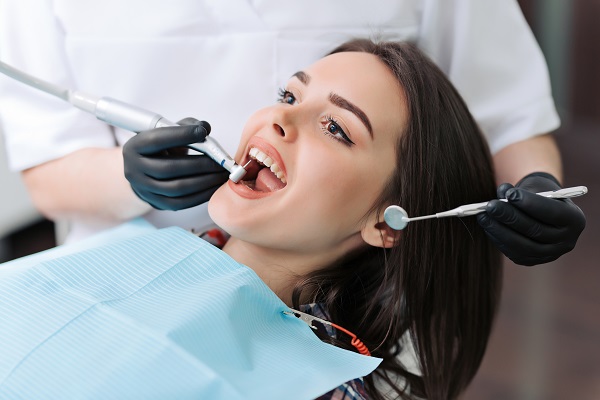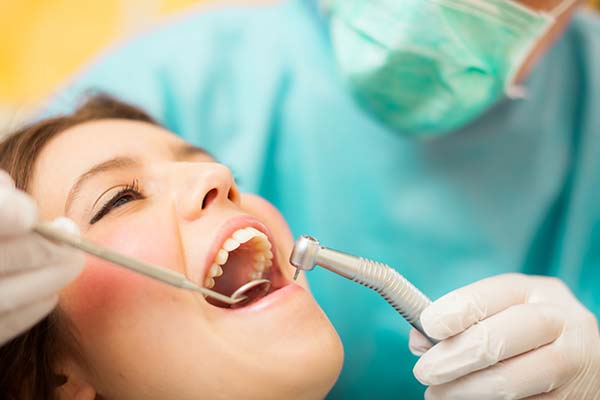Best Orthodontist in Haldwani at Ashutosh Dental and Diabetic Clinic
Are you tired of hiding your smile due to crooked teeth or a misaligned bite? Do you dream of having a confident smile that lights up the room? Look no further! Ashutosh Dental and Diabetic Clinic has the best orthodontist in Haldwani who can help you achieve the smile of your dreams.
Why Choose Ashutosh Dental and Diabetic Clinic?
When it comes to choosing the best orthodontist in Haldwani, you want to make sure you’re in good hands. Ashutosh Dental and Diabetic Clinic has been providing top-notch dental care to the people of Haldwani for years. Our state-of-the-art clinic is equipped with the latest technology, and our team of experts is dedicated to providing personalized care to each and every patient.
What is Orthodontics and How Does it Work?
Orthodontics is a branch of dentistry that deals with the diagnosis, prevention, and treatment of dental and facial irregularities. Orthodontic treatment involves the use of appliances, such as braces, aligners, and retainers, to straighten teeth and improve the overall alignment of the jaw. The goal of orthodontic treatment is to create a healthy, beautiful smile that enhances the overall quality of life.
Types of Orthodontic Treatments
There are several types of orthodontic treatments available, including:
- Braces: Metal or ceramic brackets that are attached to the teeth and connected by wires to straighten teeth.
- Invisalign: Clear, removable aligners that are custom-made to straighten teeth without the use of brackets or wires.
- Retainers: Appliances that are worn after orthodontic treatment to maintain the new alignment of the teeth.
- Palate Expanders: Appliances that are used to widen the upper jaw to improve the alignment of the teeth.
Benefits of Orthodontic Treatment
Orthodontic treatment can have a significant impact on a person’s quality of life. Some of the benefits of orthodontic treatment include:
- Improved Oral Health: Straight teeth are easier to clean and less prone to decay and gum disease.
- Boosted Confidence: A beautiful smile can boost self-confidence and self-esteem.
- Improved Chewing and Digestion: A properly aligned bite can improve chewing and digestion.
- Reduced Risk of Tooth Wear: Straight teeth are less prone to wear and tear.
Meet Our Best Orthodontist in Haldwani
Our orthodontist, Dr Bhawana Pandey, is a highly trained and experienced professional who has been providing top-notch orthodontic care to patients in Haldwani for years. With a passion for creating beautiful smiles, our orthodontist uses the latest technology and techniques to ensure that each and every patient receives the best possible care.
What to Expect During Your First Orthodontic Consultation
During your first orthodontic consultation, our orthodontist in Haldwani will examine your teeth and jaw to determine the best course of treatment. This may involve:
- Visual Examination: Our orthodontist will examine your teeth and jaw to identify any irregularities.
- X-Rays: X-rays may be taken to get a closer look at the alignment of your teeth and jaw.
- Discussion of Treatment Options: Our orthodontist will discuss the best treatment options for your specific needs.
Orthodontic Treatment for Children
Orthodontic treatment is not just for adults! Children can also benefit from orthodontic treatment to correct issues such as:
- Crooked Teeth: Orthodontic treatment can help straighten teeth and improve the overall alignment of the jaw.
- Overbites and Underbites: Orthodontic treatment can help correct issues with the alignment of the upper and lower jaws.
- Crossbites: Orthodontic treatment can help correct issues with the alignment of the teeth and jaw.
Orthodontic Treatment for Adults
It’s never too late to get the smile you’ve always wanted! Orthodontic treatment is not just for children and teenagers. Adults can also benefit from orthodontic treatment to:
- Improve Oral Health: Straight teeth are easier to clean and less prone to decay and gum disease.
- Boost Confidence: A beautiful smile can boost self-confidence and self-esteem.
- Improve Chewing and Digestion: A properly aligned bite can improve chewing and digestion.
How Long Does Orthodontic Treatment Take?
The length of orthodontic treatment varies depending on the individual case. On average, orthodontic treatment can take anywhere from 12 to 36 months. However, with the latest technology and techniques, treatment time can be significantly reduced.
The Cost of Orthodontic Treatment
The cost of orthodontic treatment varies depending on the type of treatment and the individual case. However, at Ashutosh Dental and Diabetic Clinic, we offer competitive pricing and financing options to make orthodontic treatment affordable for everyone.
Why Choose Ashutosh Dental and Diabetic Clinic for Orthodontic Treatment?
At our dental clinic in Haldwani, we are committed to providing top-notch orthodontic care to our patients. Our state-of-the-art clinic is equipped with the latest technology, and our team of experts is dedicated to providing personalized care to each and every patient.
Tips for Maintaining a Healthy Smile After Orthodontic Treatment
After orthodontic treatment, it’s essential to maintain good oral hygiene habits to keep your smile healthy and beautiful. Here are some tips:
- Brush and Floss Regularly: Brush your teeth at least twice a day and floss once a day to remove plaque and bacteria.
- Use a Mouthwash: Use a mouthwash to kill bacteria and freshen your breath.
- Visit Your Dentist Regularly: Visit your dentist regularly for check-ups and cleanings.
Common Myths About Orthodontic Treatment
There are several common myths about orthodontic treatment that can discourage people from seeking treatment. Here are a few:
- Myth: Orthodontic treatment is only for children and teenagers.
- Reality: Orthodontic treatment is for anyone who wants to improve the alignment of their teeth and jaw.
- Myth: Orthodontic treatment is painful.
- Reality: With the latest technology and techniques, orthodontic treatment is relatively painless.
Orthodontic Treatment and Its Impact on Overall Health
Orthodontic treatment can have a significant impact on overall health. Straight teeth are easier to clean and less prone to decay and gum disease, which can reduce the risk of heart disease, diabetes, and other health issues.
Conclusion
Orthodontic treatment can have a significant impact on a person’s quality of life. At Ashutosh Dental and Diabetic Clinic, we are committed to providing top-notch orthodontic care to our patients. With our state-of-the-art clinic and team of experts, we can help you achieve the smile of your dreams.
FAQs
Q: What is the best age for orthodontic treatment?
A: The best age for orthodontic treatment varies depending on the individual case. However, the American Association of Orthodontists recommends that children be evaluated by an orthodontist by the age of 7.
Q: How long does orthodontic treatment take?
A: The length of orthodontic treatment varies depending on the individual case. On average, orthodontic treatment can take anywhere from 12 to 36 months.
Q: Is orthodontic treatment painful?
A: With the latest technology and techniques, orthodontic treatment is relatively painless. However, some discomfort may be experienced during the initial stages of treatment.
Q: Can adults get orthodontic treatment?
A: Yes, adults can get orthodontic treatment. It’s never too late to get the smile you’ve always wanted.
Q: How much does orthodontic treatment cost?
A: The cost of orthodontic treatment varies depending on the type of treatment and the individual case. However, at Ashutosh Dental and Diabetic Clinic, we offer competitive pricing and financing options to make orthodontic treatment affordable for everyone.



